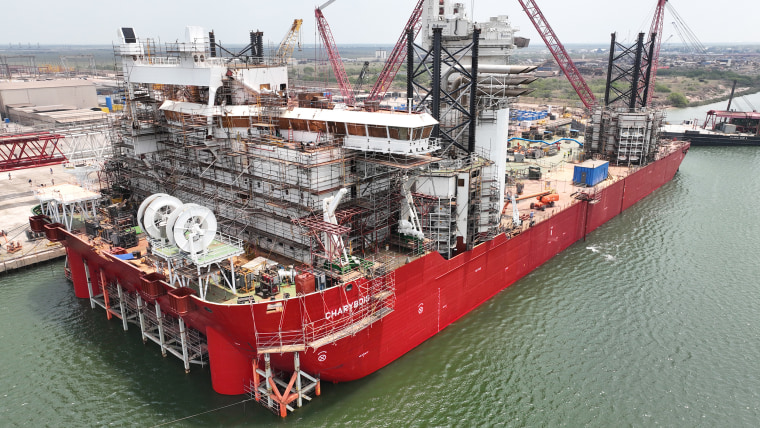The United States faces a critical juncture in meeting President Biden’s ambitious wind energy goals. As the administration looks to revitalize and expand the country’s renewable energy sector, one key solution on the horizon is the development of offshore wind farms. Offshore wind farms offer immense potential to provide clean, renewable energy that can significantly contribute to meeting the nation’s climate targets.
The US has vast untapped offshore wind resources along its coastlines, particularly in the Northeast and Mid-Atlantic regions. According to the National Renewable Energy Laboratory, the country’s total offshore wind resource potential is estimated to be more than 2,000 gigawatts, which is nearly double the current total electric generating capacity in the US. Developing this massive offshore wind potential will not only help decarbonize the power sector but also create economic opportunities and jobs in coastal communities.
However, the deployment of offshore wind projects has faced several challenges, including regulatory hurdles, lack of infrastructure, and stakeholder conflicts. These issues have prevented the industry from reaching its full potential and delayed progress towards Biden’s renewable energy targets. To address these challenges, the administration needs to implement a comprehensive strategy that streamlines the permitting process, invests in infrastructure development, and fosters collaboration among stakeholders.
Streamlining the permitting process for offshore wind projects is essential to accelerating their deployment. Currently, obtaining permits for offshore wind farms can be a lengthy and complex process involving multiple federal agencies at the state and local levels. By establishing a coordinated and expedited permitting framework, the government can reduce regulatory uncertainty and facilitate the timely development of offshore wind projects.
Moreover, investing in infrastructure is crucial to support the growth of offshore wind energy. This includes upgrading ports and harbors to accommodate the construction and maintenance of offshore wind farms, as well as enhancing grid interconnections to deliver electricity from offshore wind farms to land. By upgrading infrastructure, the US can create a more conducive environment for offshore wind development and attract private investments in the sector.
Collaboration among stakeholders, including government agencies, industry players, environmental groups, and local communities, is another key aspect of unlocking the full potential of offshore wind energy. Engaging stakeholders early in the project planning process and addressing their concerns can help build consensus and ensure the successful implementation of offshore wind projects. By fostering collaboration, the administration can overcome opposition to offshore wind development and promote a sustainable transition to renewable energy.
In conclusion, unlocking the vast potential of offshore wind energy is crucial to achieving President Biden’s renewable energy goals. By streamlining permitting processes, investing in infrastructure, and fostering collaboration among stakeholders, the US can accelerate the deployment of offshore wind projects and transition towards a cleaner, more sustainable energy future. The time is ripe for the country to harness its offshore wind resources and lead the global transition to renewable energy.
